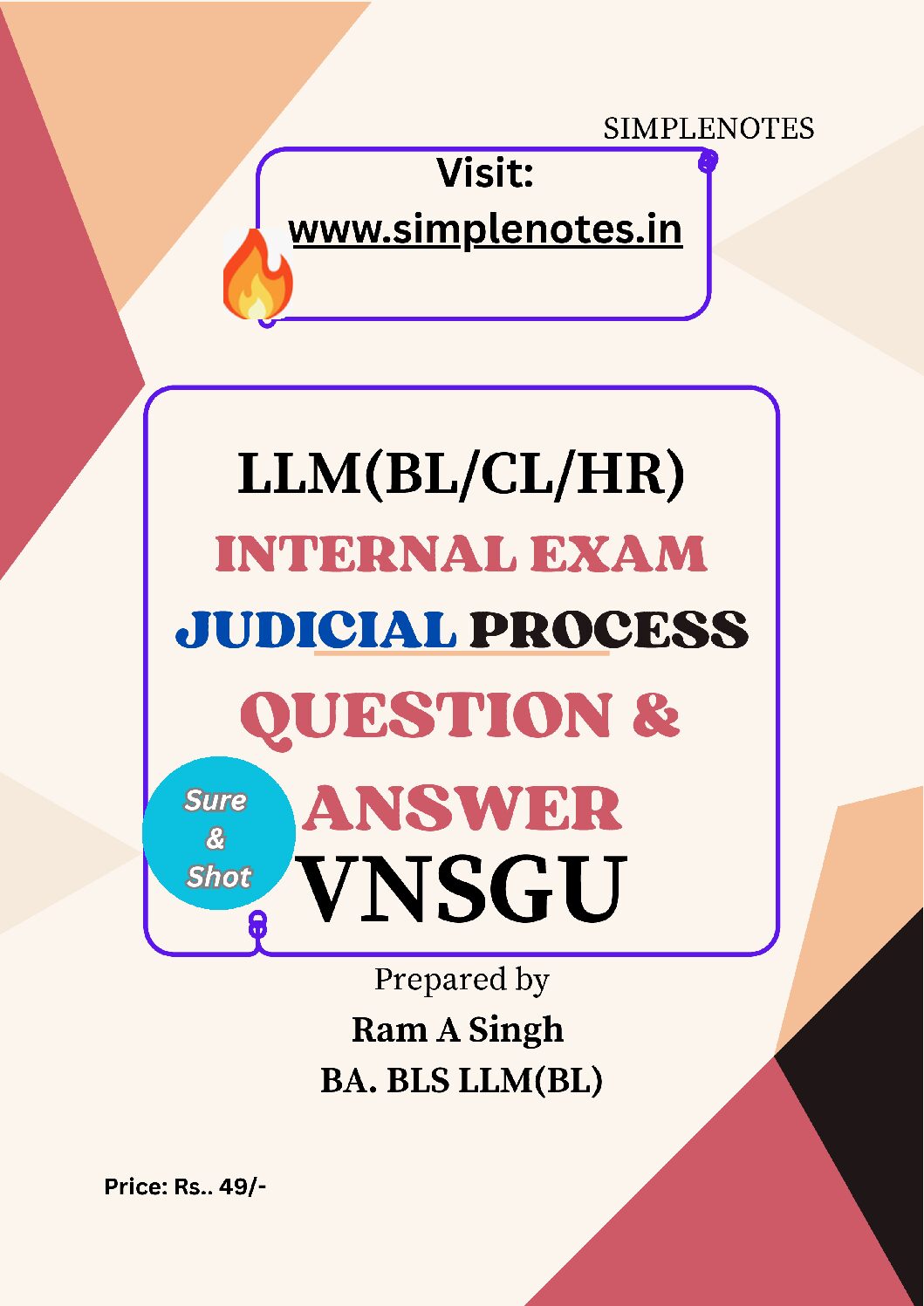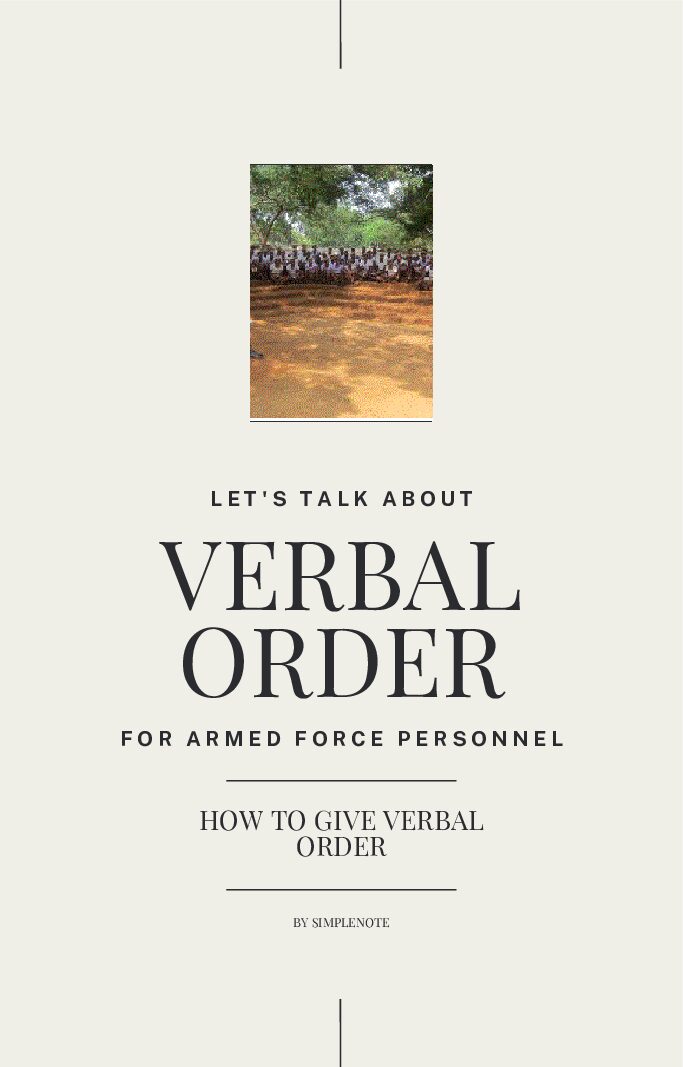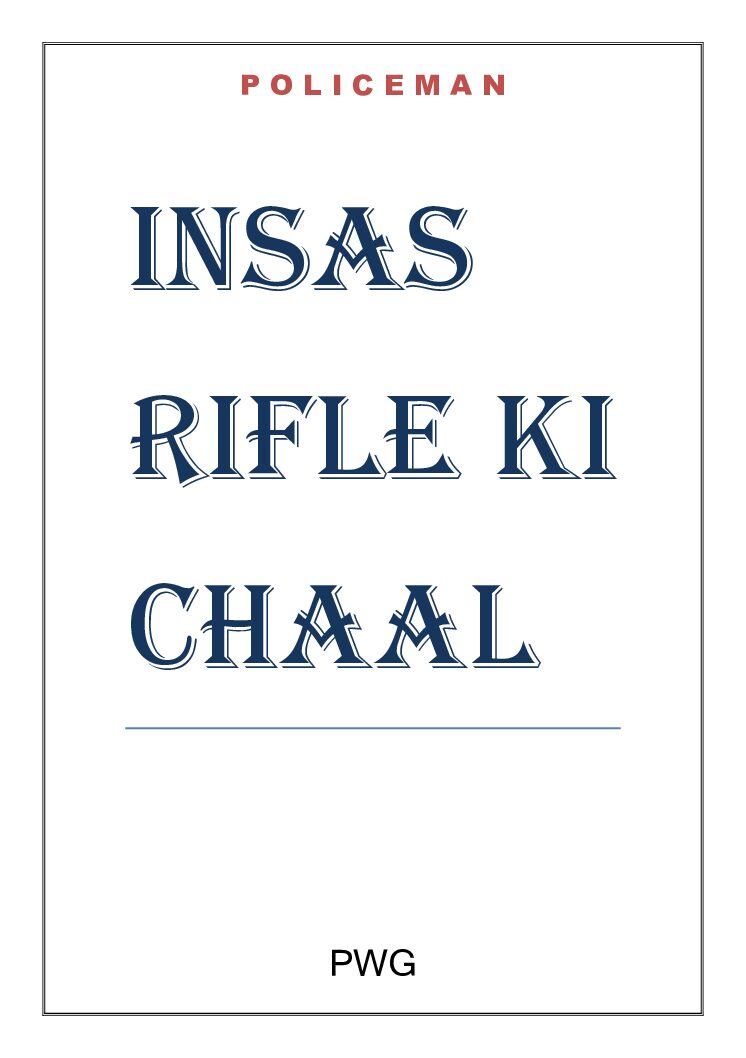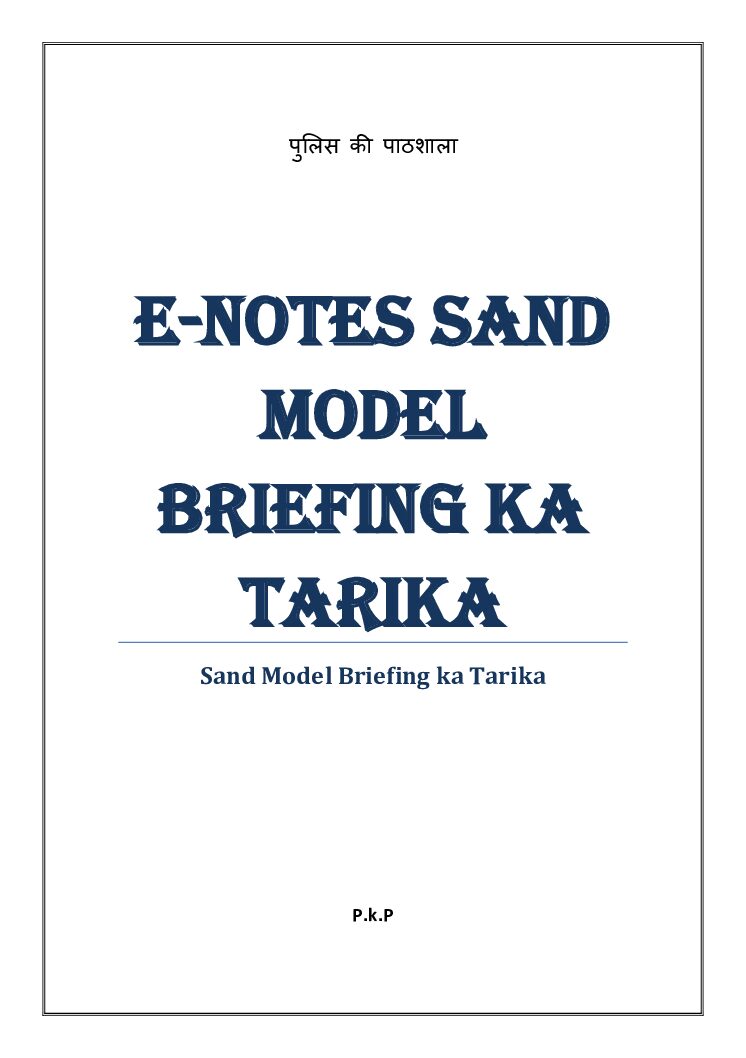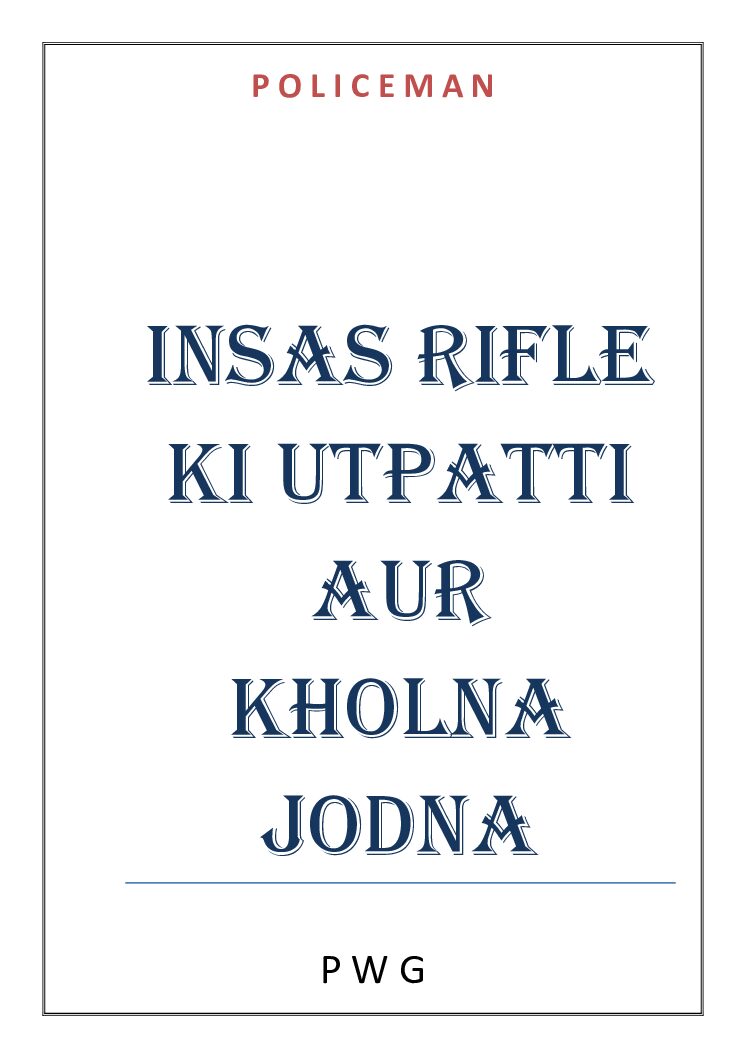Introduction
Syopsis
Proving patent infringement is not easy. It is one of the hardest parts of a patent case. Many people think once you have a patent, you are fully protected. But that’s not true. If someone copies your invention, you must prove it in court. And that can be very difficult.
In this blog, we will look at a real-world story. We’ll also compare how courts in India and the US deal with these problems. You’ll get to understand the technical and legal hurdles that make proving patent infringement difficult. This article is useful for law students, especially those researching “how to prove patent infringement,” “IPR case studies in India,” or preparing for patent law exams in top universities.
What Is Patent Infringement?
Patent infringement happens when someone uses, makes, or sells your patented idea without your permission. There are different types of infringement. The two major types are direct and indirect infringement.
Direct infringement is the most obvious. It means someone copies your invention exactly. For example, if you patented a machine and someone builds and sells that same machine without asking you, that’s direct infringement.
Indirect infringement is harder to prove. It happens when someone helps another person break patent rights. This could be by supplying a component of the invention or encouraging another person to infringe.
There is also a legal idea called the “doctrine of equivalents.” Courts use this when the copied product is not exactly the same but does the same job in the same way. In both India and the US, this concept plays a key role in cases. Students and professionals often search for “doctrine of equivalents in patent law” and “patent litigation in the US” to understand this better.
Read this also: What is a Biotechnology Patent? Meaning, Scope, and Importance – Explained Simply
Relevant Laws in India and the US
In India, patent law is mainly governed by The Patents Act, 1970. Important sections related to infringement include:

- Section 48: Grants exclusive rights to a patent holder
- Section 104: Deals with jurisdiction of courts in patent infringement cases
- Section 108: Lists remedies such as injunctions and damages
In the US, the law is governed by Title 35 of the United States Code (U.S.C.), especially:
- 35 U.S.C. § 271: Defines different types of patent infringement
- 35 U.S.C. § 281: Grants the right to sue for infringement
- 35 U.S.C. § 284 & § 285: Cover damages and attorney’s fees
Understanding these laws is crucial for students preparing for exams or drafting legal arguments in IPR matters.
The Burden of Proof in Patent Cases
The burden of proof in patent infringement lies on the person who owns the patent. This means if someone is infringing on your invention, you have to prove it. This sounds simple, but in reality, it is very complex.
You need strong evidence. This includes technical documents, expert testimony, and detailed knowledge of your patent claims. If your claims are not clear or if they are written in vague terms, it becomes difficult to prove that someone copied your idea.
In the United States, the courts require a high level of clarity. In India, patent law is still developing. Not all judges have technical backgrounds, which makes these cases harder. Many students look for “burden of proof in patent infringement,” “how to draft strong patent claims,” and “IPR litigation process in India” when studying for exams or writing papers.
Read this also: Why do I need to remember all these 10 Landmark IP Cases Every LLB Student Must Understand?”
Real-World Case Story: Legal Struggles in Action
Let’s look at two famous cases, one from India and one from the US.
In India, there was a major legal battle between Roche and Cipla. Roche had a patent for a cancer drug. They claimed that Cipla’s product was very similar and infringed on their patent. However, the Indian court ruled in favor of Cipla. The court said that Roche’s patent was too broad and not specific enough. The case became a landmark decision in India. Students researching “landmark patent cases in India” often study this case.
In the US, one famous case was Warner-Jenkinson vs. Hilton Davis. This case involved a chemical process. Even though the two processes were slightly different, the court said that Hilton Davis had still infringed because the process was nearly identical in function and result. This case is often cited in searches related to “doctrine of equivalents US,” and it helped shape patent law in the country.
These cases show how difficult it can be to prove infringement. You need not only legal knowledge but also a deep understanding of technical details and how to present them in court.
Special Problems Faced in Court
Patent infringement cases face many challenges. Here are some common problems:
- Complex Claim Language: Patent claims are often written in very technical language. This makes it hard for lawyers and judges to interpret. Small words can change the whole meaning.
- Lack of Technical Expertise: Not all judges are trained in science or engineering. They may find it hard to understand what the invention does or how it works.
- Conflicting Expert Opinions: Both sides bring expert witnesses. These experts often give completely different explanations. This confuses the court and makes the decision harder.
- Private Product Details: Often, the infringing product is made in a factory or lab where the public cannot see it. Getting proof is hard unless the court orders the other party to show documents or samples.
- Evolving Technologies: In fast-moving sectors like software and biotech, inventions evolve quickly. Courts may struggle to apply old laws to new tech.
These problems are common and are often discussed in “challenges in patent enforcement,” “expert witnesses in patent trials,” and “technical interpretation of patent claims.”
Read this also: Examine in 7 points the development of intellectual property rights from a global perspective and its impact on Indian laws.
India vs. US: A Quick Comparison
Patent laws in India and the US share some ideas but also differ in key ways.
In the US, the legal system has more experience with patent cases. Judges and lawyers are often more familiar with complex technology. Also, patent law is supported by detailed rules and a long history of cases.
In India, the patent system is still growing. Courts are learning through new cases. Judges sometimes struggle with technical language. Patent trials can also take longer because of court backlogs.
One big difference is the use of juries. In the US, a jury might decide the outcome of a civil trial. In India, only the judge decides. This can change how lawyers prepare and argue their cases.
Another point is the treatment of pharmaceutical patents. India has a stricter approach, especially when it comes to life-saving drugs. This is due to public health concerns. The US system tends to be more industry-friendly.
People often search for “US vs India patent law comparison,” “patent law differences India US,” and “IPR litigation abroad” to understand these contrasts better.
Lessons for Law Students and Patent Professionals
There are many things students and professionals can learn from these challenges:
- Clear Patent Drafting: Always draft patent claims in clear and simple language. Avoid technical jargon unless it is well defined.
- Understand the Law: Study both local and global patent laws. Know how courts interpret key terms like “obviousness” or “equivalents.”
- Prepare Strong Evidence: Collect all technical data, emails, and expert opinions early. These can be helpful in court.
- Follow Case Law: Keep reading recent judgments. These show trends in how judges think and what arguments work.
- Know the Process: Understand how court procedures work in your country. This includes how to file, defend, and appeal a case.
If you’re preparing for law exams or planning a career in IP law, these tips are valuable. Students often search for “tips for patent litigation,” “how to draft a patent,” and “best IPR practices for students.”
Global Trends and Future of Patent Enforcement
The field of patent law is always changing. Artificial Intelligence, blockchain, and biotech are creating new types of inventions. These bring new legal challenges.
In the US, there’s increasing interest in how AI-generated inventions should be patented. Should a machine be listed as the inventor? In India, digital patent filing systems and fast-track examination are being introduced to reduce delays.
Global cooperation is also growing. Treaties like the Patent Cooperation Treaty (PCT) help inventors file in many countries at once. Still, enforcing patents across borders is hard. “Cross-border patent enforcement” and “AI and intellectual property rights” are trending topics.
Patent professionals need to keep up with global changes. Students can start by reading blogs, listening to legal podcasts, and attending webinars. This builds knowledge and keeps them ready for future legal roles.
Conclusion
Patent law is not just about having a good idea. It’s also about proving that your idea was copied. And that can be very hard.
We explored real court cases and learned how courts in India and the US deal with patent infringement. We saw how unclear patent claims, lack of proof, and technical confusion can ruin a strong case.
Law students and patent professionals must be careful in every step from drafting to defending a patent. With global inventions rising, knowing how to protect your rights in different countries is more important than ever.
Whether you’re preparing for a “patent law exam,” researching “real patent disputes,” or starting a career in intellectual property, this guide gives you a strong foundation. Keep learning and stay updated. The world of patents is full of challenges but also full of opportunities. See you in another post very soon.
![]()





